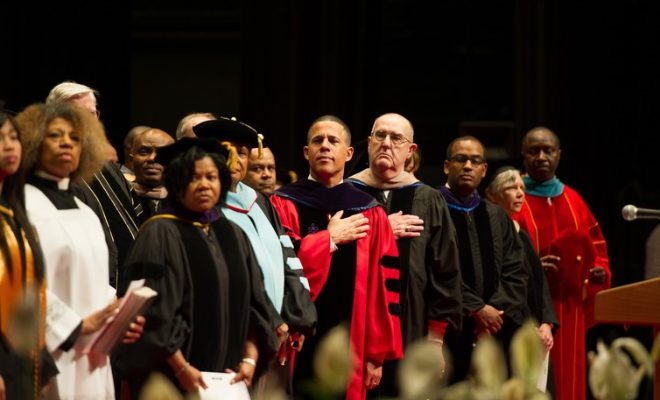What Are the Benefits of Using Virtual Reality in K-12 Schools

Virtual reality is one of the biggest trends in education, right alongside makerspaces. However, if you ask the average educator what the benefits of using VR in the classroom are, many would draw a blank. Why? Because a lot of educators literally jump on the bandwagon of the newest technologies without doing their homework. In the end, their students suffer. If you are an educator who currently uses or wants to use virtual reality, but don’t fully understand its full capabilities and benefits, then I am talking to you. Not to fret, if you keep reading this article, you will find out what all the hype is about, and how virtual reality technology can help your students prosper.
Allows students to experience things that are not possible in a traditional classroom. By using a VR headset or device, students can be transported to places and environments which are not readily available to them. This enhances their learning experience and can help them visualize things that were previously only theoretical. Imagine if you a student who is learning about the American Revolution and are curious about the life of a “redcoat” or British soldier. With the help of virtual reality, you could be transported to the Battle of Bunker Hill and experience it firsthand. The first thing that you would probably notice is the sense of urgency in the air, and the fierce fighting going on all around. While this would not be appropriate for younger students, older students could certainly benefit from the experience. These types of experiences also help students connect to the material being presented, and the importance of learning history.
Makes students interested in learning. Students love to watch something as opposed to reading or hearing it. By creating a visual representation of the materials being taught, students become engaged more than ever before. Things that they would never be able to experience in real life, all of a sudden become tangible. This motivates students to learn, and suddenly learning becomes a passion, not a requirement. It doesn’t feel like work anymore, it seems like fun. As a general rule, when we enjoy something, we do it with more purpose and drive.
Eliminates the language barrier. The language barrier is usually a problem when it comes to international education. If you want to study in another country, you have to have a decent command of the language. With virtual reality and its subsequent software, every possible language can be embedded into the learning experience. Language is no longer a barrier.
Did I leave anything out?






